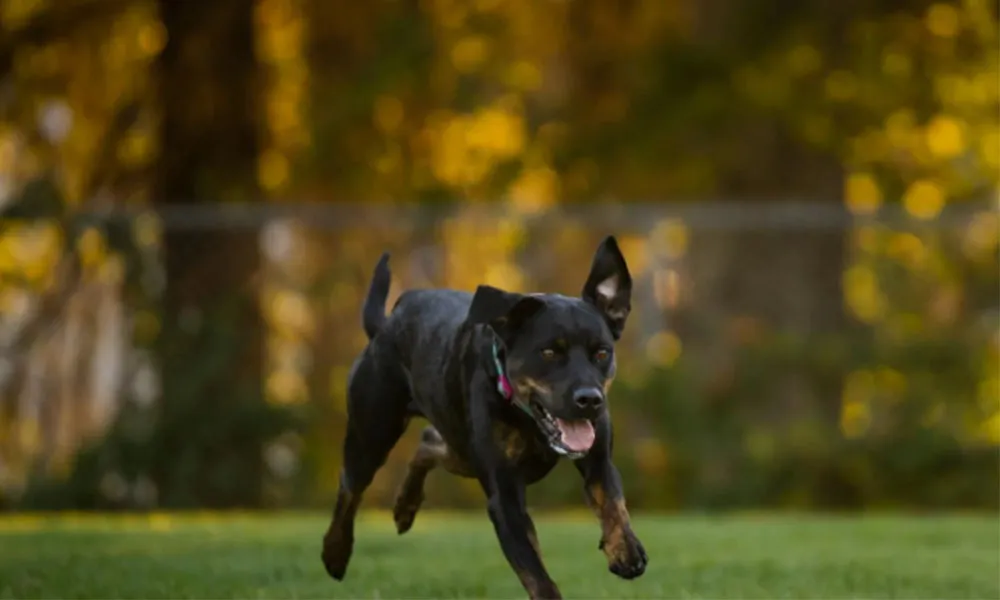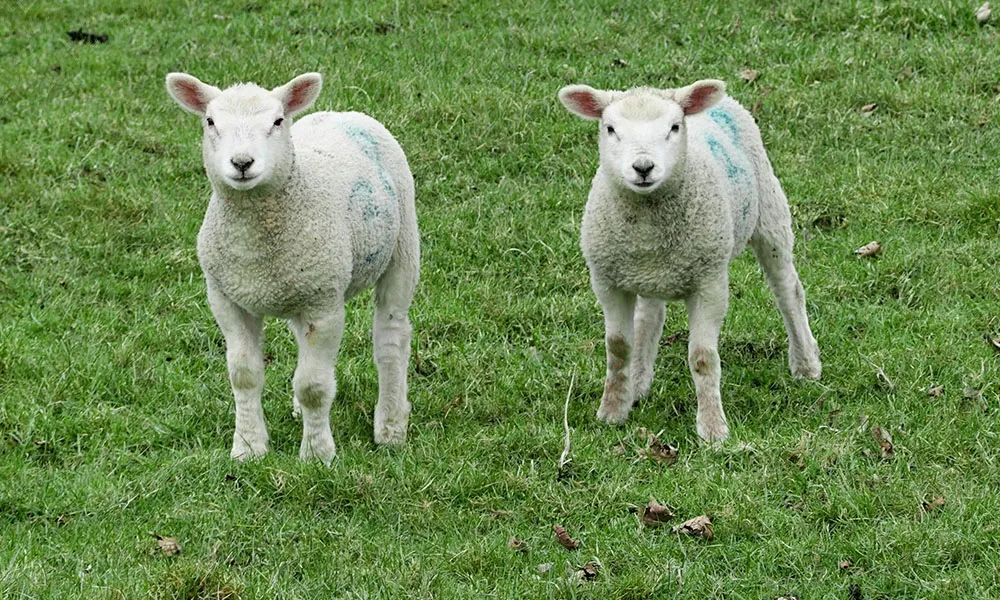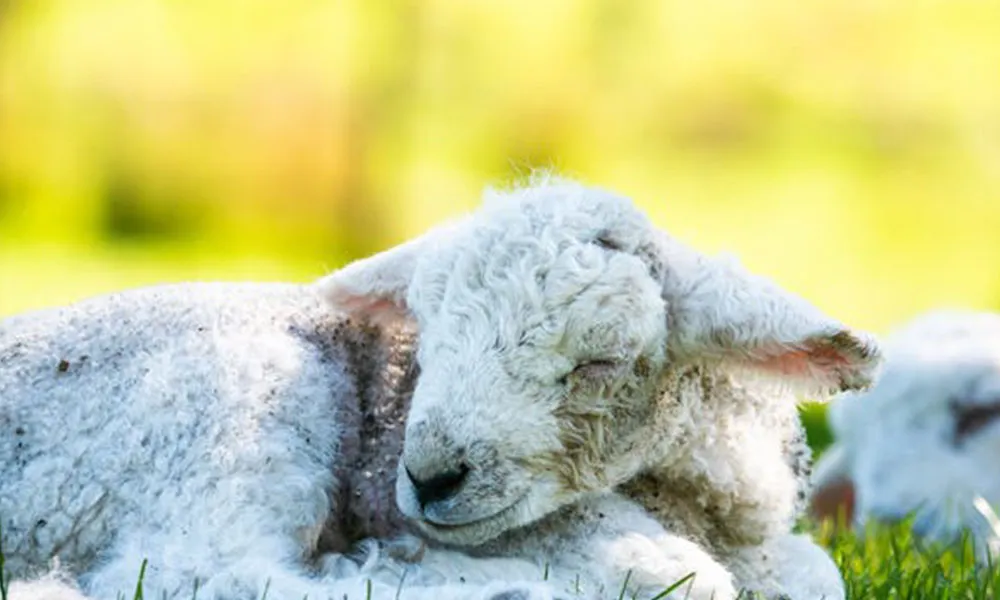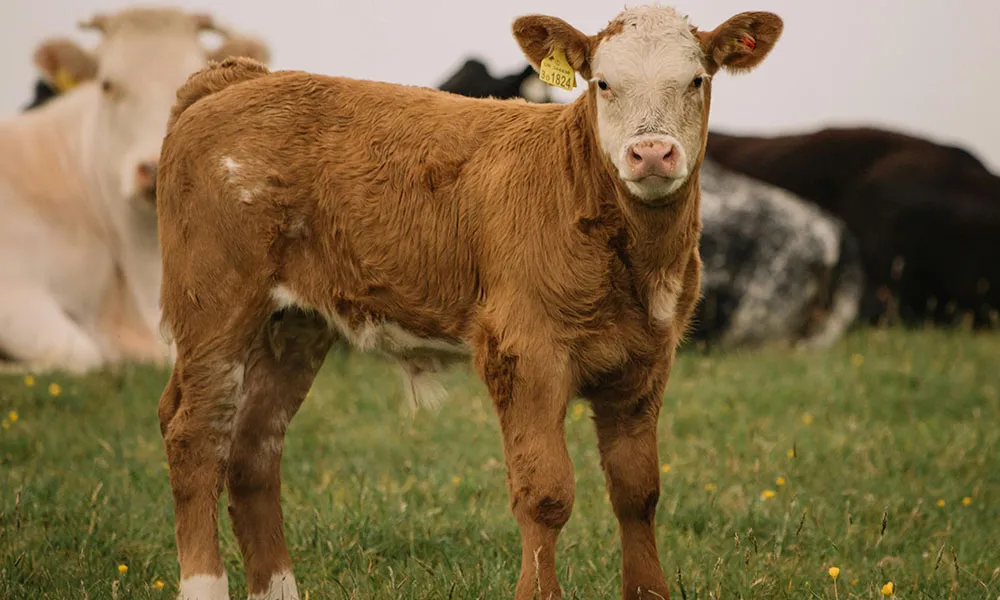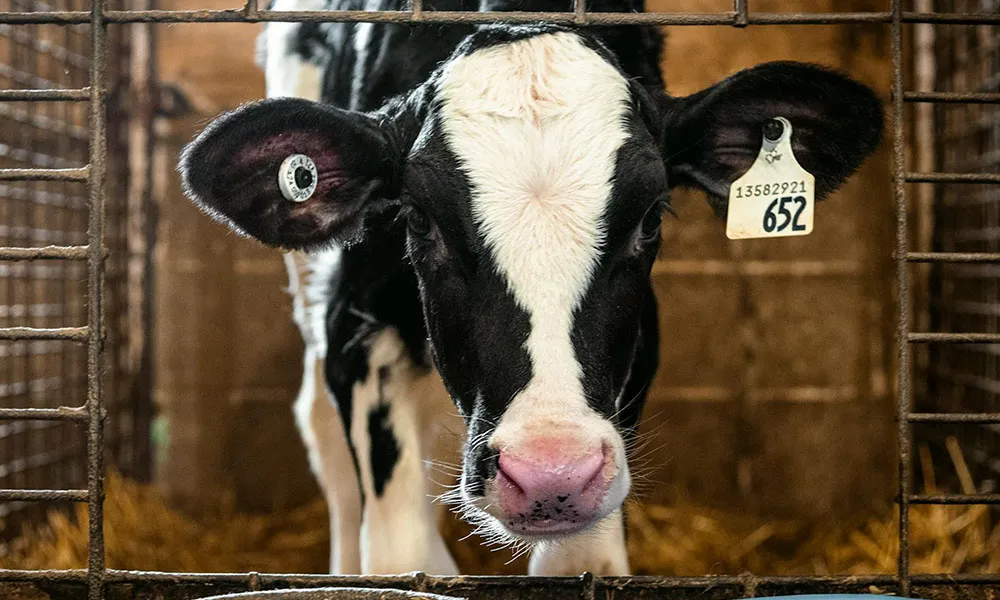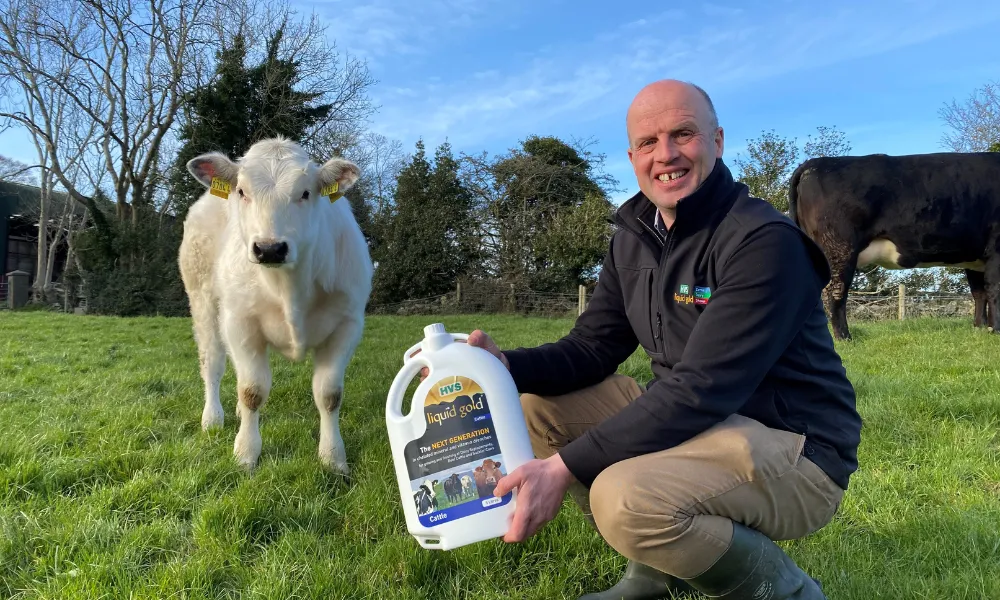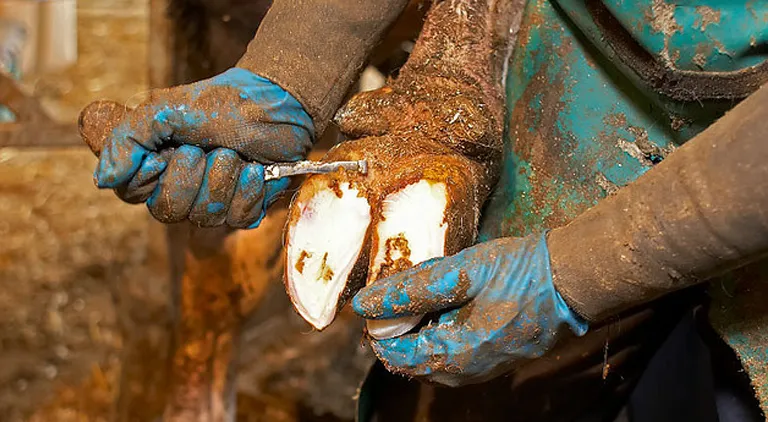
Lameness and hoof health in the dairy cow continues to be one of the greatest challenges for the dairy industry.
Preventing and treating lameness is a never-ending task for dairy farmers. Rarely do we find a dairy farm that doesn’t have a cow or two favouring a foot that needs attention. It may be due to neglected hoof trimming, injury,digital dermatitis (Mortellaro) or laminitis. Some lameness in dairy cattle can be congenital or the result of injury to the hip and pelvis.
By far the majority of lameness in dairy cows, however, is the result of poor hoof care and from pathogenic bacterial challenges. There is evidence that Mortellaro is caused by bacteria which may be present on most farms. These bacteria can become an infection on the soft tissue at the back of the heel, visible as red bulbous like lesions. It can cause severe pain to the animal, restricting movement and reducing milk yield. Ultimately, this results in a loss of earnings.
Animals who have severe infection should be isolated to prevent further incidences in the herd and should be treated with antibiotics or with Intra Hoof-Fit-Gel, a tried and tested treatment which is anti-biotic free https://www.agridirect.ie/product/intra-hooffit-gel. A rigid foot bathing programme will assist in the rehabilitation of the cow. To prevent digital dermatitis it is important to keep good management practices on the farm, including clean yards and stalls coupled with a food foot paring regime.( https://www.agridirect.ie/product/hoof-mats-180-x-90cm-cw-cover )
Hoof Trimming is vital
As a cow walks, they tend to put more weight on the outside claw of the rear feet and the inside claw of the front feet. A hoof trimmer needs to pay closer attention to those claws. Hoof trimming is a fairly complex process and an improperly trimmed hoof will cripple a cow just as quickly as not trimming a hoof at all. If trimming is neglected, hooves will become very misshapen and cause cows to shift their weight to compensate for the discomfort. Cows can become so crippled they will never be able to walk correctly.
The Irish Cattle foot trimmers association offer a list of experienced hoof trimmers along with news of courses for those who wish to learn the art for themselves. Irish soft ground and muddy weather does not favour healthy hooves and animals exposed to soggy fields for an extended period can have hoof problems as a result. The hoof material becomes soft and can be easily bruised, leaving the beast susceptible to infections and abscesses.
Foot rot can also set in when the foot exposed to certain bacteria in wet and muddy conditions.
Keeping the yard free of puddles and mud, as well as stones, will help keep foot rot under control and reduce bruising.
Reducing the amount of cement curbs where cows can trip and stumble will also reduce foot injuries.
The pressure exerted by the pedal bones on the top of the hoof at the time of trauma can cause injury and bruising to the coronary cushions, breaking blood vessels and causing hematomas that can turn into abscesses and ulcers.
Every cow on the dairy should have their hooves trimmed once a year at a minimum – several times per year is even better to reduce risks.
A cow is a big animal that distributes a lot of weight on four relatively “stumpy posts.” The hoof is designed to distribute that weight as evenly as possible.
Interestingly, the more hours a cow stands, the more quickly her hoof will grow. The harder and the rougher the surface a cow has to stand on will also accelerate hoof growth. So cows that spend many hours standing on hard concrete will grow hoof more rapidly than a cow that spends most of her time standing in a dirt lot or pasture. Therefore, animals that spend their entire lives on concrete must have their hooves trimmed more often.
Hoof growth will vary on the claws depending on how a cow stands while eating.
Any condition that irritates the foot’s sole responds by adding more hoof.
A dairy farm that has its own hoof trimming table, paring knife and cutters and that knows how to trim feet properly is in a better position to be proactive on foot health. Problems can be managed in a timely manner rather than having to wait days or weeks to get the hoof trimmer out.
Good hoof care and regular manicures for the ‘ladies of the dairy’ will save you money in the long run




